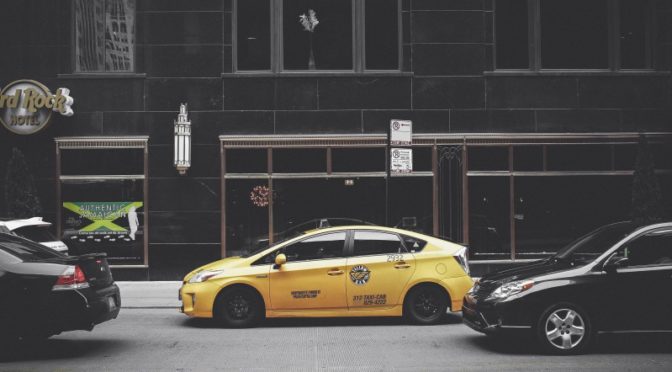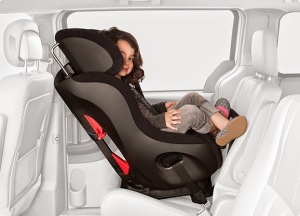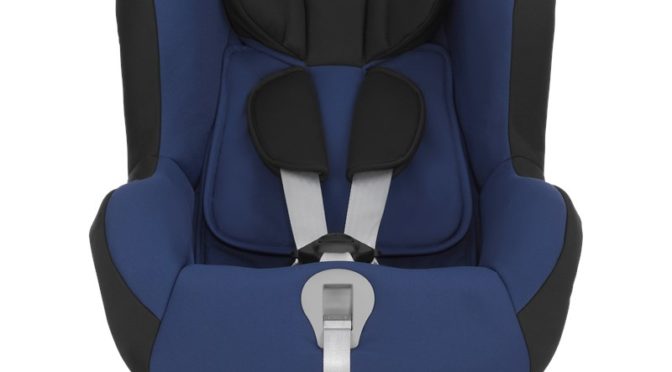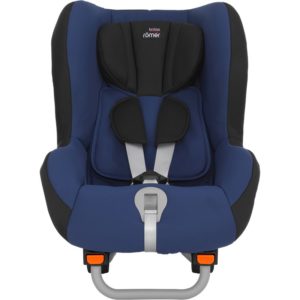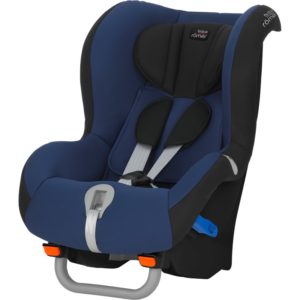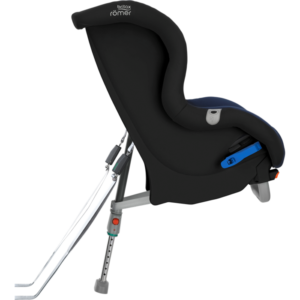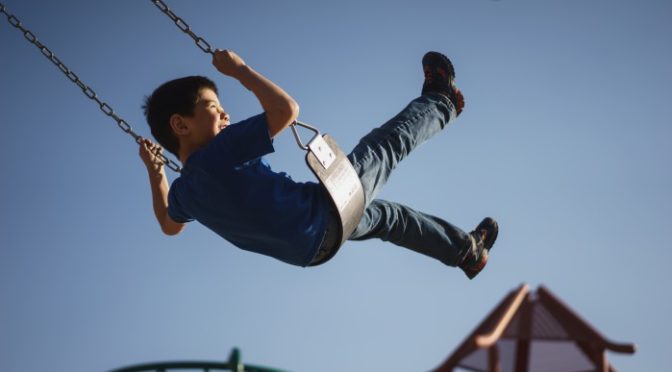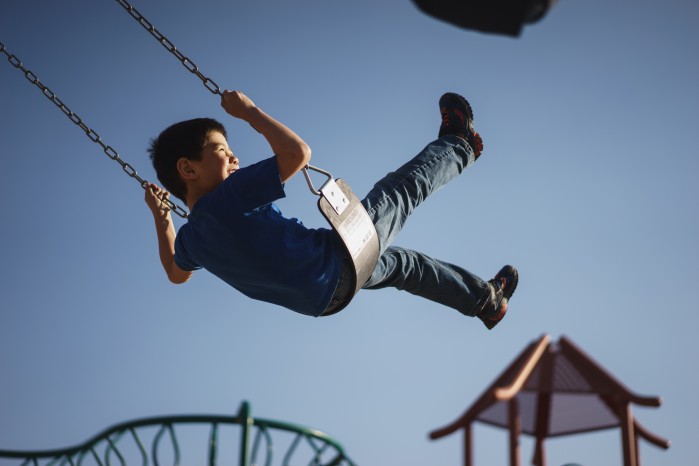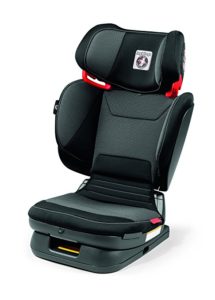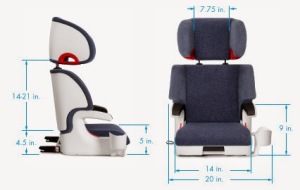
When it comes to car seats and keeping kids safe in cars, there are a lot of myths that circle around the Internet and water coolers. Many parents think rear-facing is only necessary until 1 (it’s safest to rear-face until at least 4 or 5). Others think seat belts and car seats aren’t necessary for short trips (kids can get seriously injured or killed in 20 mph crashes). Still others feel it’s fine for kids 4, 5, or 6 and up to sit in the front seat (kids are safest in the back seat until at least 13).
Fortunately, the more we know, the better decisions we can make. Today we’re going to look at another common set of myths: that you don’t actually need car seats in cabs, whether in taxis or in ride-sharing programs like Lyft or Uber. The truth is that car seats *and seat belts* are just as necessary in taxis as they are in any other car, minivan, SUV, or pickup truck, and we’re going to go into why to use them and which ones work best at which ages and stages.
Are car seats and seat belts required in taxis, cabs, and ride-shares like Uber, Lyft, and carpooling?
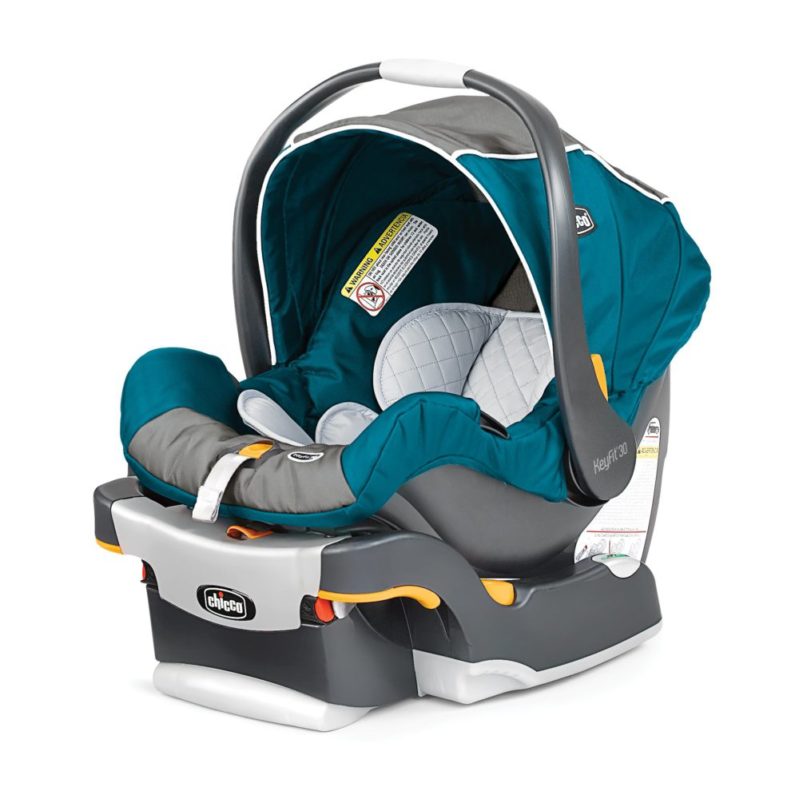
Yes! Many people think there’s some kind of grace law or immunity when using hired cars, but the law doesn’t stop applying just because you’re paying someone to drive you around in a yellow (or any other colored) car. People can and do get pulled over for not using car seats or seat belts in taxis and Ubers. It doesn’t happen often, especially in big cities where the police are busier, but it does happen, and it is against the law in many locations, though not in all of them. For example, New York City doesn’t require car seats in yellow cabs (regulated taxis). Technically, they don’t even require seat belt use for passengers under 16. This is insane, because physics doesn’t take a break in a taxicab, but it’s one of many examples of how you need to go beyond the law to protect yourself, because laws in the US (and a number of other countries) aren’t written to benefit citizens, but corporations.
Basically, if you’re in a situation where you’d be expected to use a car seat or seat belt in your own car, you’ll be expected to use one, legally-speaking, in a cab. The driver isn’t going to call the police on you, but there are drivers who will refuse to drive unless you’re buckled up. Depending on their companies and insurance, they might be liable if something happens to you or your kids if you weren’t safely restrained. Alternatively, and more critically, they might not want to be killed by human cannonballs in their back and passenger seats. We’ll go into that next.
What are the risks of not using car seats and seat belts in taxis? Is it really dangerous?
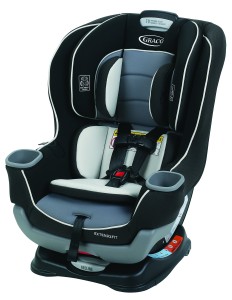
Yes! The risks are identical to those you’d face driving anywhere on your own without placing your children (or yourself) in appropriate restraints. The risk of serious injury (e.g., broken bones, brain damage, death) is 7-8x higher for children who aren’t properly restrained than the risk for children who are.
The dangers aren’t just extended to children. Occupants in the front seats of cars who use lap and shoulder seat belts are 45% (roughly half) as likely to die in an otherwise fatal crash as occupants who don’t. If you’re buckled up in the front seat of a pickup truck, SUV, or van, your odds of death drop by 60%. If you’re in the back seats, buckling up in a car with lap and shoulder belts cuts your risk of death by 58%–this reduction jumps to 75% in vans, pickup trucks, and minivans.
These are huge odds to gamble. I’ve written about people who have made these gambles with tragic results. Taxi deaths happen in big cities–New York, Chicago, Los Angeles–but they also happen in suburbs and small towns every single day of the year. A lifetime of love and potential can never be recovered.
Additionally, the IIHS notes that unbelted occupants (e.g., any teen or adult out of a seat belt or any child out of a car seat) pose severe risks for every occupant in a vehicle, even safely restrained ones. If you’re in a frontal crash (e.g., a head-on collision or a crash into a tree or telephone pole), a belted driver is 137% more likely to die if the passenger behind him or her is unbelted. And in any kind of crash, the risk of every occupant in the vehicle dying increases by 40% with just one unbelted occupant. To put it simply, if anyone isn’t restrained properly, everyone is more likely to die, even if everyone else is safely restrained. And the unrestrained person or child has much, much higher odds of death.
What about on short trips in the city / town / suburbs or at low speeds? Do I still need car seats and seat belts then?
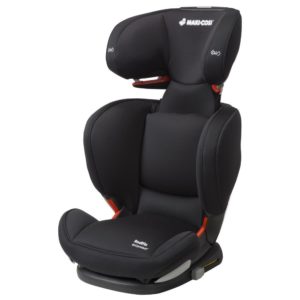
Yes! I cover this in detail in this article on using restraints on short trips. Even if you’re in your neighborhood or subdivision, if your children aren’t restrained or if you aren’t restrained, the same risks apply. It doesn’t take much speed at all to cause serious harm in a vehicle. While a 10 mph crash is the equivalent of being pushed off a 3.3 foot tall desk, a 15 mph crash jumps to the equivalent of being pushed off a 7.5 foot ladder. A 20 mph crash raises the stakes even more quickly to the equivalent of being pushed off the roof of a one story house–a 13.4 foot fall. A 25 mph crash is like being pushed off the roof of a 2 story building–a 20.5 foot fall. And finally, a 30 mph crash is the equivalent of being pushed off the roof of a 3 story building–a 30 foot fall.
When you keep in mind the fact that most cities, suburbs, and towns have at least 25-30 mph speed limits in residential areas and that most people universally exceed speed limits, it’s hopefully clear that it takes very little speed to result in a severe to fatal injury to anyone unrestrained. Or to put it mildly, if you wouldn’t push your child off the roof of a house, why would you allow a taxi driver to by bypassing a car seat or attempting to hold a child in your lap?
What kinds of car seats should I use for my baby / child when taking a taxi?
Now that we know what the law states and, far more importantly, what the laws of physics will do to your loved ones, it’s hopefully clear that it’s necessary for all adults and adolescents to be restrained with seat belts and for all children under 12 to be restrained in appropriate car seats. The final question to address involves what constitutes appropriate car seats. Fortunately, this question is quite easy to answer, and the answers are quite affordable.
Start with rear-facing; it’s most important. Rear-face until kids are at least 4-5, although the longer the better. The Graco Extend2Fit and Clek Fllo are two of many seats that will allow you to rear-face until 50 pounds. From then on, you can either forward-face or move directly to a high-back booster like the Clek Oobr, Peg Perego Viaggio Flex 120, or Maxi-Cosi RodiFix; you can use these from when your child is 5 to when s/he is physically capable of passing the 5-step test for seat belt use, which most kids will pass by the ages of 10 to 12. From then on, your children will use seat belts in taxis every time–just like you will.
Keeping kids safe in taxis doesn’t have to be difficult; it simply requires the commitment to safely restrain them (and their parents) every time. Don’t place the next 70 to 80 years of your kids’ lives in the balance of 7-8 potentially fatal minutes unrestrained in a taxi.
 If you find my information on best practices in car and car seat safety helpful, you can buy my books here or do your shopping through this Amazon link. Canadians can shop here for Canadian purchases. It costs nothing extra to do so, but when you shop through my links, a small portion of your purchase, regardless of what you buy, will go toward the maintenance of The Car Crash Detective.
If you find my information on best practices in car and car seat safety helpful, you can buy my books here or do your shopping through this Amazon link. Canadians can shop here for Canadian purchases. It costs nothing extra to do so, but when you shop through my links, a small portion of your purchase, regardless of what you buy, will go toward the maintenance of The Car Crash Detective.

